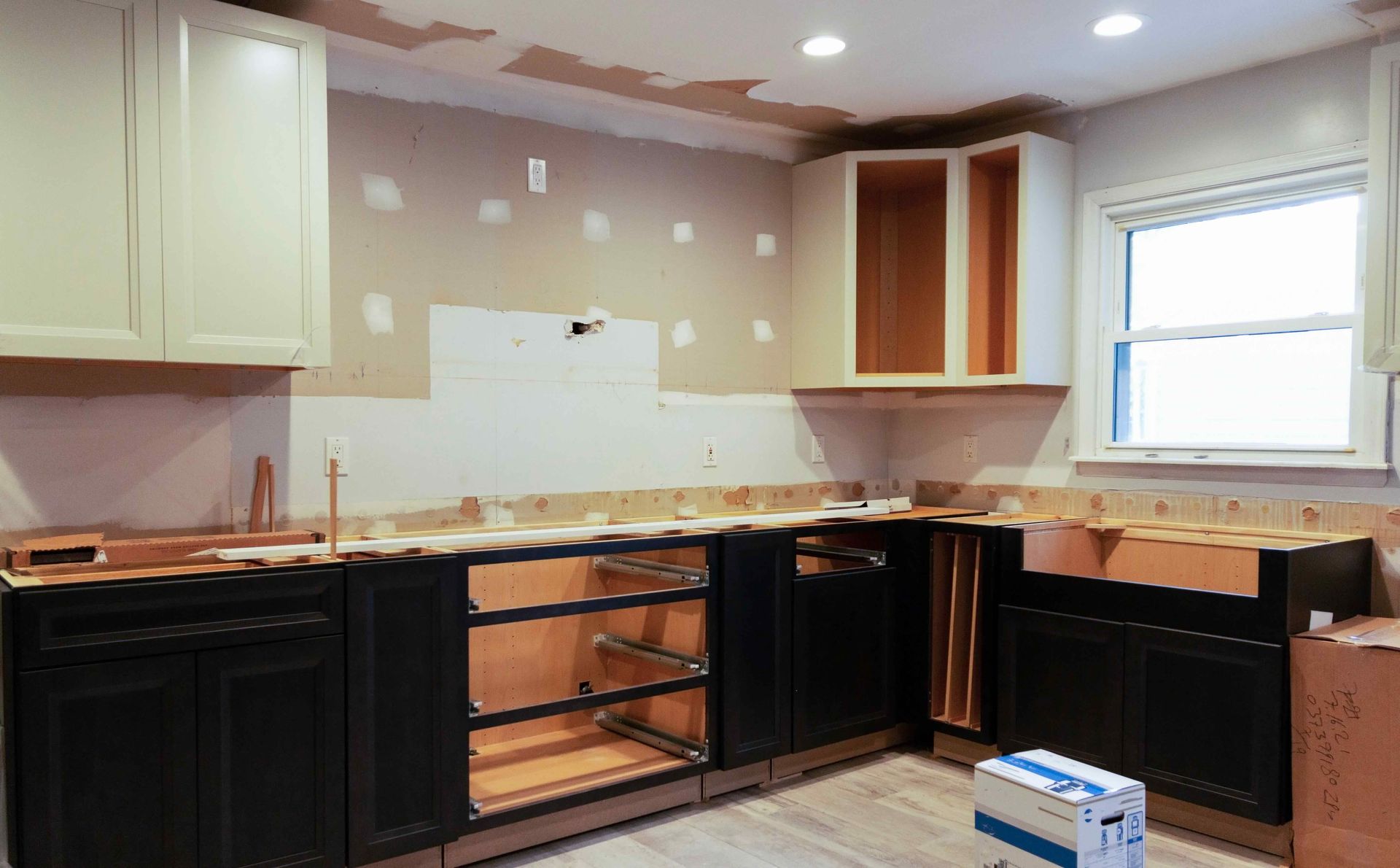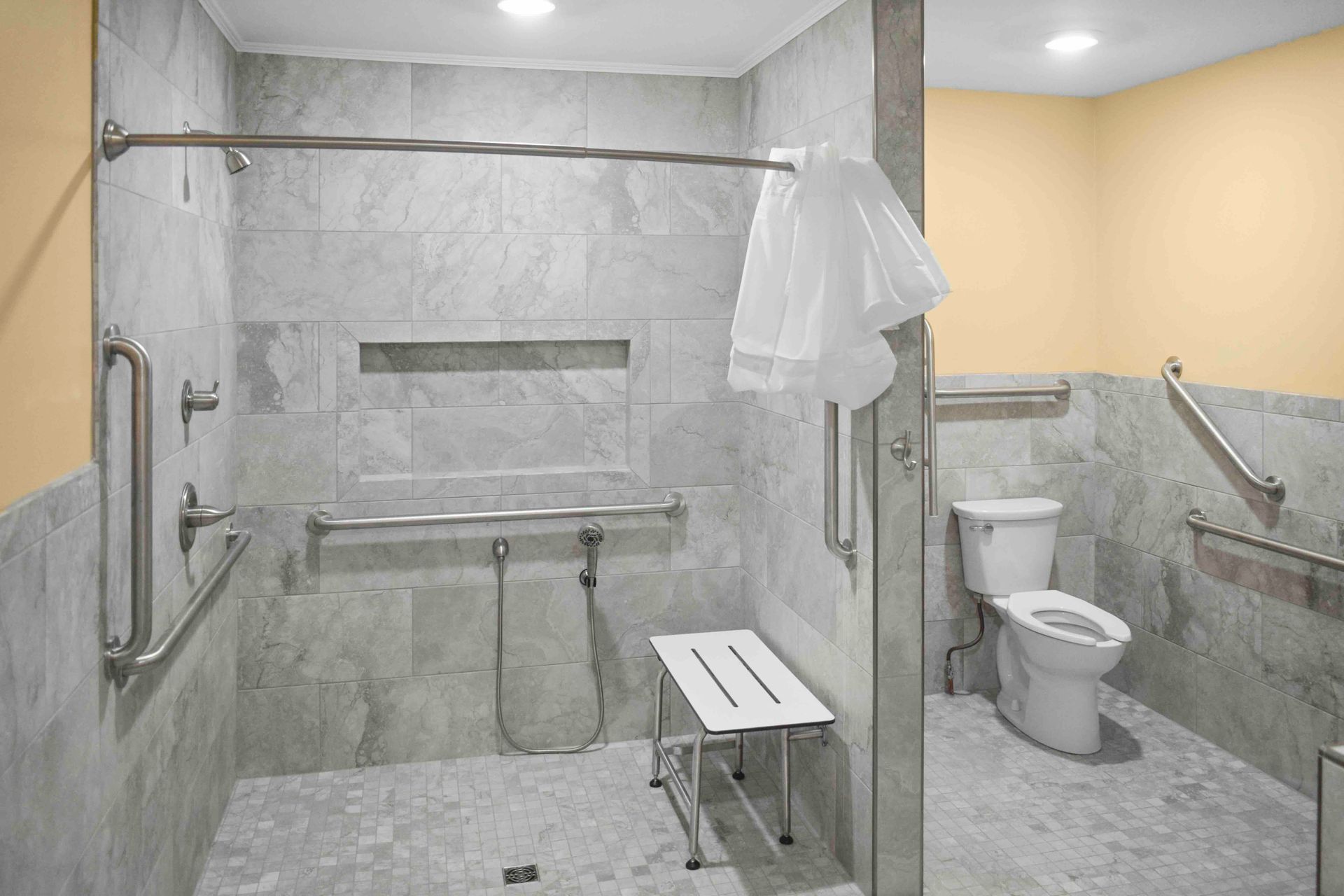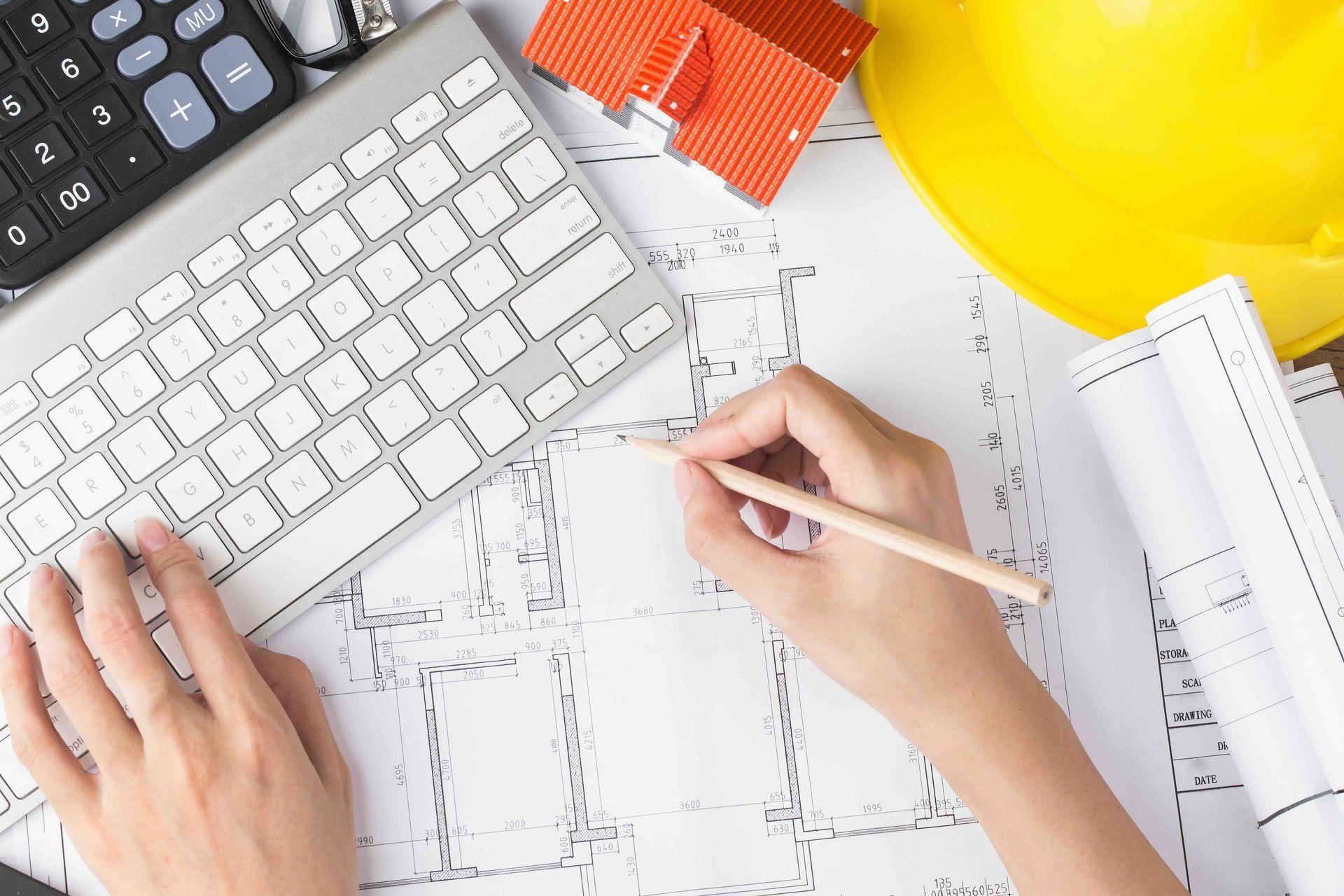Here's Why Universal Design is Simple (and Necessary!)
Embracing universal design principles need not be an overly intricate process. Universally effective in homes of any age, this design treatment offers considerable benefits, albeit with potential challenges in specific cases. Homes characterized by numerous steps, narrower doorways, or darker surfaces may pose hurdles to seamlessly implementing certain universal design elements.
However, the beauty of universal design lies in its adaptability. It is a concept that transcends the limitations imposed by various architectural nuances. While challenges may be more pronounced in homes with specific features, such as multiple steps or constrained doorways, the essence of universal design remains accessible and applicable to a broad spectrum of living spaces.
Rather than viewing universal design as an all-encompassing overhaul, it can be embraced flexibly. It is not a mandate to transform the entire living space; instead, it can be selectively incorporated into specific areas or aspects of a home. This adaptable approach allows individuals to tailor universal design principles to suit their unique needs and the inherent characteristics of their living environment.
Consider the scenario where implementing universal design poses challenges due to a home's architectural constraints. A family can decide to strategically apply universal design principles to areas or features within the home. This might involve creating an accessible and inclusive bathroom space, modifying kitchen elements for enhanced usability, or ensuring that crucial pathways within the home adhere to universal design principles.
Universal design is a versatile concept that accommodates the diverse nature of homes and their inhabitants. It encourages a thoughtful and strategic approach, allowing homeowners to navigate potential challenges while reaping the benefits of an inclusive living environment.
The key lies in embracing universal design principles that align with each home's unique characteristics and constraints, ensuring that the essence of inclusivity is woven seamlessly into the fabric of daily living.
Universal Design is Powerful but Simple
Embracing universal design principles need not be perceived as an intricate or convoluted undertaking. While seven commonly accepted principles serve as a foundation for universal design, the essence of this approach can be distilled into two fundamental precepts. These guiding principles aim to ensure inclusivity and accessibility for all, posing two crucial questions: (1) Does the feature, device, or interior space work for everyone, or is its utility limited to a specific group? (2) Does the design exclude anyone based on their abilities, restricting access or usability?
The simplicity of these guiding precepts underscores the universal nature of universal design. It advocates for features that transcend individual differences and cater to diverse users. The overarching goal is to create an environment where functionality and accessibility are paramount, ensuring no one is left out or restricted from utilizing the designed elements.
Adding a nuanced perspective to these guiding principles is a third criterion – the seamless integration of the designed feature with its surroundings. The objective is to ensure the feature harmoniously blends into its environment, avoiding undue attention drawn solely to its design or appearance. Rather than standing out for its specific treatment or purpose, the feature should, ideally, be noticed for its aesthetic appeal or innovative qualities. It should complement its surroundings, both functionally and aesthetically, presenting a hidden presence that enhances the overall environment.
Moreover, the functionality of the designed feature should not compromise its visual appeal. Striking the delicate balance between form and function is integral to universal design principles. The feature should serve its purpose seamlessly, contributing to the space's overall functionality while enhancing its surroundings' visual aesthetics.
An essential characteristic of universal design is its ability to be inconspicuous. Ideally, the designed elements should blend into the environment seamlessly, avoiding any perception of being explicitly tailored to a particular treatment or need. Instead, the focus is on creating an environment where inclusive design is an inherent and integral aspect rather than an overtly noticeable adaptation.
Expanding on this concept, it's crucial to recognize that universal design is not a one-size-fits-all solution. Instead, it is a flexible and adaptable approach that can be customized to suit the unique characteristics of various environments. Whether applied to residential spaces, public facilities, or urban landscapes, universal design principles offer a framework that accommodates diverse needs and fosters inclusivity.
Consider a public space where universal design principles are seamlessly integrated. Accessible ramps, clear signage, and thoughtfully designed seating areas cater to individuals with varying abilities, ensuring everyone can navigate and enjoy the space comfortably. In this scenario, universal design principles become a silent force, quietly shaping the environment to be accessible, inclusive, and aesthetically pleasing.
Universal Design is an Action Plan, Not a Slogan
Universal design isn't just a catchy phrase or a label we can casually apply to anything that looks good or modern. It's more than that. It's about making things work for everyone, and it involves careful consideration of safety and comfort. Unfortunately, not everything labeled as universal design truly adheres to the principles that guide it. Some designs may look appealing but fall short in terms of safety or usability, and that's a critical aspect we shouldn't overlook when it comes to items we use in our homes.
If a design has some universal design attributes but falls short in other crucial areas, it's not accurate to label it as such. Universal design is more than just a partial adherence to guidelines; it's about ensuring that every aspect is considerate of the needs of all users. Safety should be a non-negotiable aspect when incorporating any feature into our homes, and this consideration is fundamental to the essence of universal design.
However, it's important to note that a home doesn't have to be entirely built on universal design principles to be considered well-done, accessible, and desirable. We can strategically apply universal design concepts to specific home areas, such as the bathroom, kitchen, or entry, to make these spaces universally accessible. It's about whether anyone entering that space would encounter features that are easy to use and don't pose difficulties.
For instance, let's take the bathroom. You could focus on making it more universally designed by incorporating features like grab bars, a curbless shower, and a comfort-height toilet. These elements may seem simple, but they can significantly enhance accessibility and safety for everyone, regardless of age or ability.
Describing an interior space as having many universal design treatments or elements is a more appropriate way to convey its inclusivity. This acknowledgment recognizes the challenges of imagining every possible situation using a design feature. Universal design is about being mindful of diverse needs and creating spaces that genuinely work for everyone.
Creating an entirely universally designed living space might seem like a big task, but we can make meaningful progress by honing in on specific areas. It's about taking small but impactful steps to ensure that our spaces are accessible and welcoming to everyone. So, the next time we encounter a design labeled as universal, let's delve deeper, assess its adherence to guidelines, and prioritize safety and usability. In doing so, we contribute to creating homes that look good and truly work for everyone who calls them home.
Measuring Success with Universal Design
How do we measure success in aging in place? In sports, it's clear – we win if we follow the rules, and the score shows we're in the lead. But when it comes to aging in place, it's not that straightforward. No fixed rules exist because every person, home, and situation is unique. We all have different needs and abilities, which can change over time.
So, why aren't there specific rules for aging in place? It's because one size doesn't fit all. No two people or homes are the same, making it challenging to set universal guidelines. While we can adopt best practices and make general improvements to enhance safety and accessibility, there's no checklist to follow, and inspections are not the norm.
Our success in aging in place is determined by whether our clients appreciate the changes we propose and feel that their lives are improved. The client becomes the judge of our success. Instead of adhering to rigid rules that may not align with the client's unique needs, we should listen to them, understand their concerns, and offer tailored solutions.
The ultimate win is when the client is satisfied and safer due to the improvements we suggest. Whether these changes are simple, budget-friendly, or more elaborate, the key is meeting the client's needs. Even if there were a set of rules to follow, they might not address each person's individual requirements, as needs can vary and evolve.
Success in aging in place is a collaborative effort where communication and understanding play crucial roles. By letting the client guide the process and express their needs, we can create solutions that genuinely enhance their lives. It's not about conforming to a rigid set of rules but adapting to each person's uniqueness and home. This client-centered approach ensures that our efforts lead to real and meaningful success in making homes safer and more accessible for aging individuals.
TALK TO THE EXPERTS OF LAKESHORE BARRIER FREE TODAY!
We believe that everyone should have access to every area of their home! We work directly with you to make sure that every grab bar, bathroom sink, kitchen countertop, patient lift, and more is at the perfect location for you and your loved ones. Call us at
(616) 477-2685 or email us at
Info@LakeshoreBarrierFree.com
Share this blog







